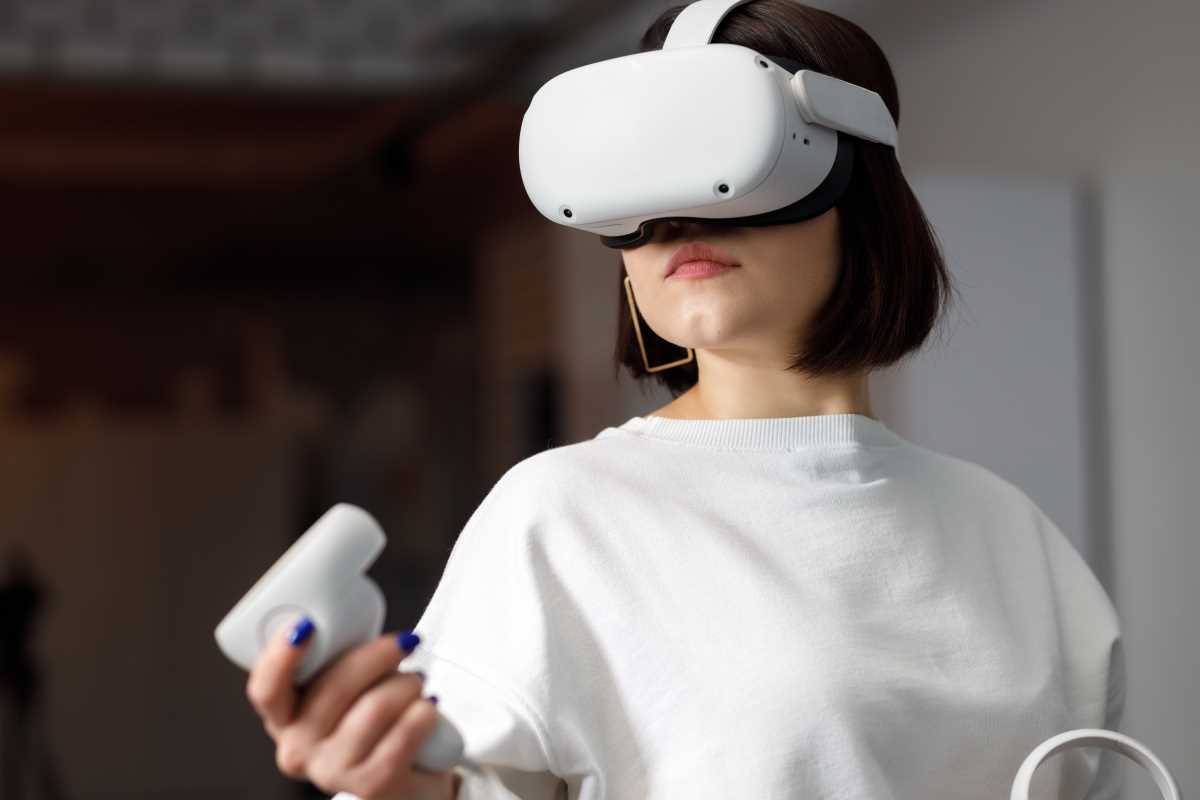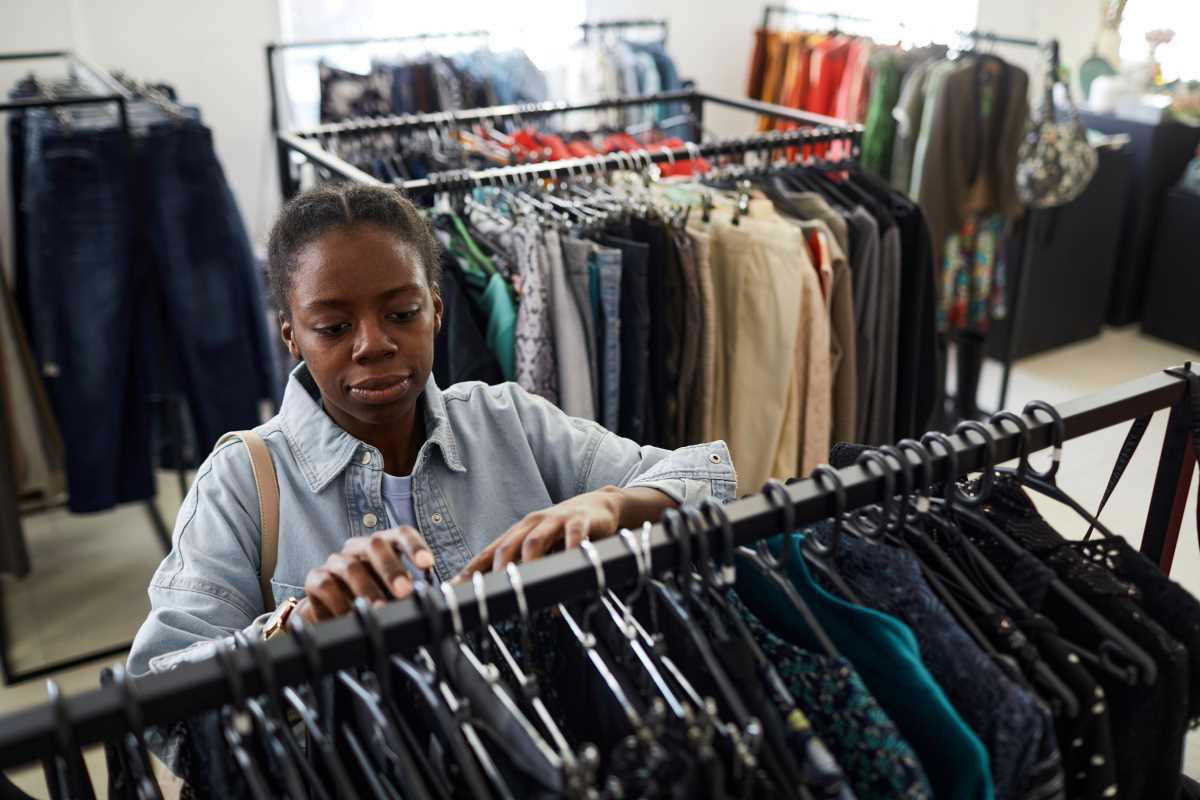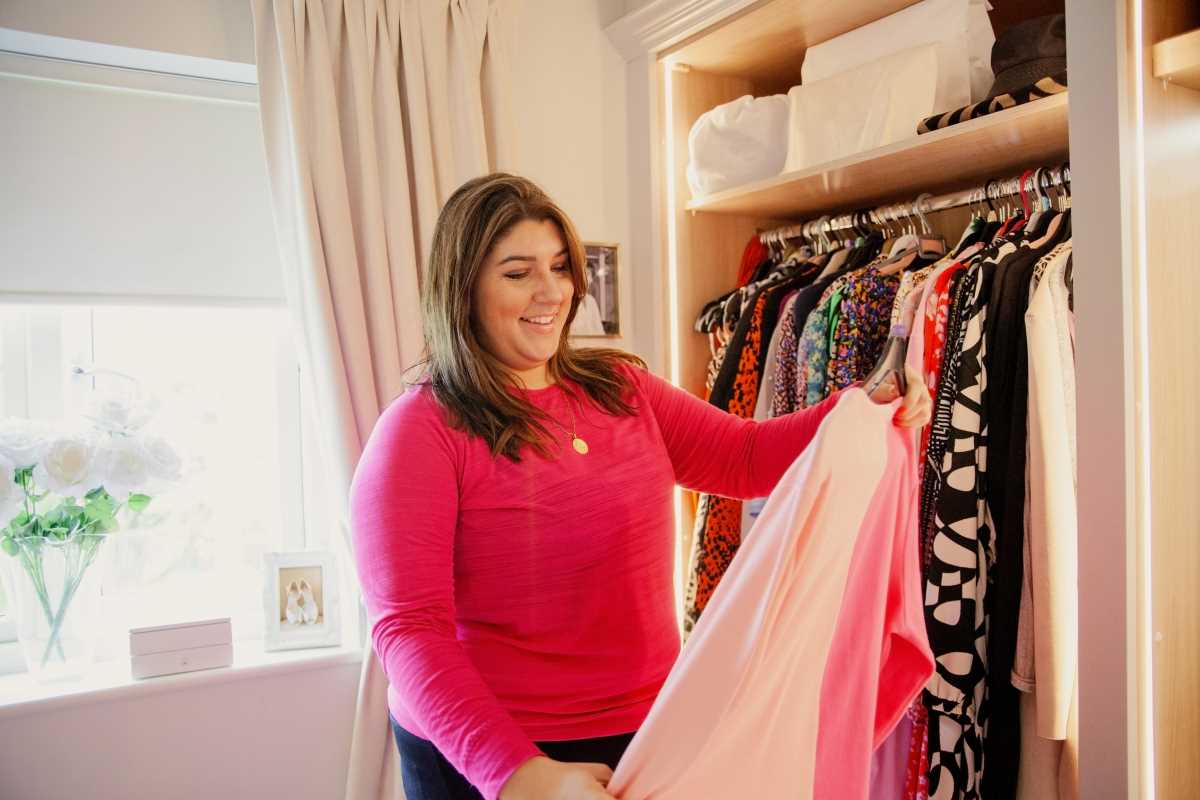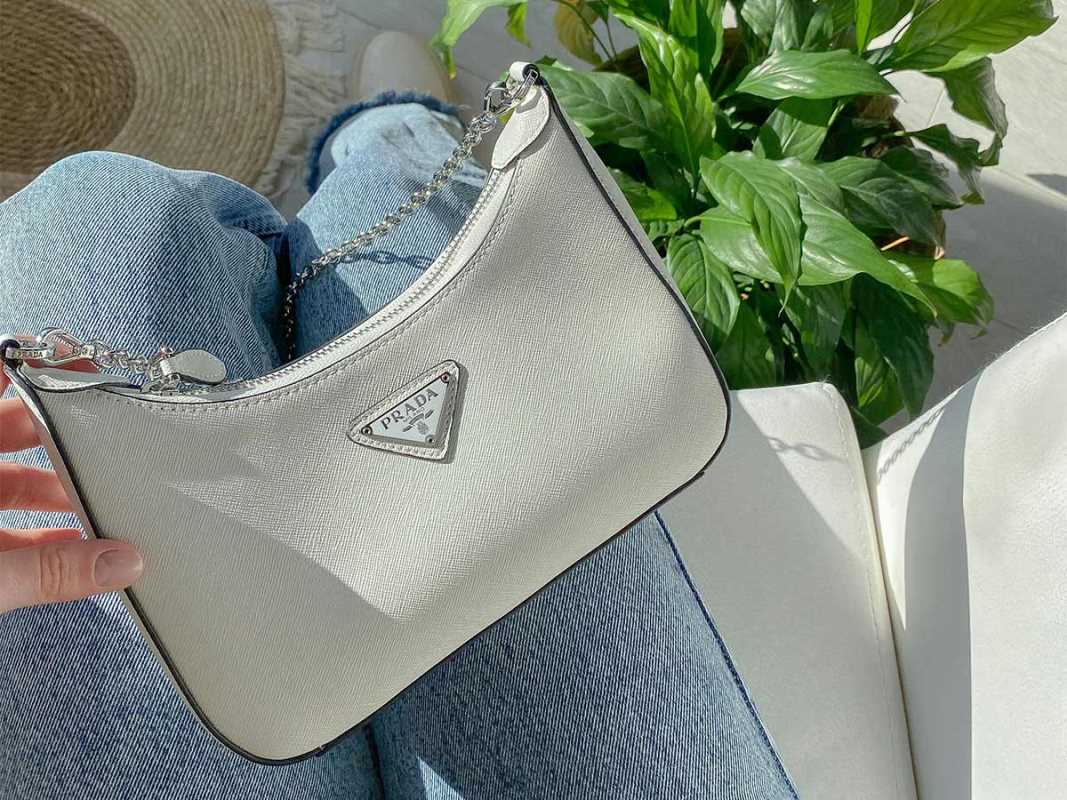Imagine slipping on a headset and instantly stepping into a stunning store without leaving your home. You can browse shelves, try on clothes, and even shop with friends miles away. Thanks to virtual reality (VR), this isn’t just a cool idea from a sci-fi movie. It’s actually happening now. VR is transforming shopping as we know it, offering a more interactive and personalized experience. From virtual showrooms to social shopping in the metaverse, it’s clear that retail is heading in an exciting direction. Today, we’ll explore how VR is changing the way we shop, how it benefits shoppers and retailers, and the amazing innovations on the horizon.
What Is VR Shopping?
Virtual reality shopping uses technology to create immersive 3D environments where users can interact with products just like they would in a real store. Unlike online shopping, where you scroll through static images, VR shopping allows you to "walk" through virtual aisles, examine products up close, and even get recommendations tailored to your preferences.
For example, IKEA's VR app, IKEA Place, lets you visualize furniture in your home before buying it. No more worrying whether that couch will fit or if the color will clash with your rug. With just a headset or a smartphone, shoppers can make decisions with confidence.
Real-World Applications of VR in Shopping
VR has already taken hold in retail, with companies finding innovative ways to enhance customer experiences. Some notable examples include:
- IKEA Place: Not only does this app help you avoid furniture-buying regrets, but it also allows shoppers to customize products in real time.
- Balenciaga’s VR Showrooms: High-end fashion has embraced VR too, with Balenciaga showcasing collections in virtual spaces where shoppers can move between racks and see intricate details up close.
- Kellogg’s VR Merchandising: Even grocery brands are getting creative. Kellogg’s has used VR to test product placement strategies, helping them better understand consumer behavior.
These are just a few examples showing how retailers are using VR to bridge the gap between physical and online shopping.
Benefits of VR Shopping
The rise of VR in retail isn’t just about the “wow” factor. It’s solving long-standing shopping challenges in ways traditional methods can’t.
1. Try Before You Buy
One of VR's most appealing aspects is the ability to try things out virtually. Whether it’s clothes, makeup, or furniture, VR reduces the uncertainty of buying online. For example, customers can see how a dress fits their body shape or how a new paint color looks on their walls. This minimizes returns, saving both shoppers and retailers time and money.
2. Enhanced Data Insights
VR is as smart as it is interactive. Retailers can collect data on how customers explore their virtual stores. By tracking metrics like eye movement and time spent on certain products, businesses can optimize store layouts and marketing strategies. For example, they might move popular items to more prominent areas or suggest additional products that capture a customer’s attention.
3. Social Shopping in the Virtual World
Shopping is often more fun with friends, and VR makes it possible, even if you aren’t physically together. Platforms like Decentraland allow users to explore virtual stores, chat with other shoppers, and attend exclusive brand events, creating a community-like experience. Samsung’s 837X experience is another example, blending social interaction with product exploration in a futuristic environment.
4. Lower Environmental Impact
Did you know that VR could make shopping more sustainable? By allowing customers to try out products virtually, brands can reduce waste associated with returns, excess inventory, and unsold goods. This is a small but important step toward making retail more eco-friendly.
How Big Is the VR Shopping Market?
The VR retail market is growing fast. Experts predict it could reach $5.455 billion globally by 2028, driven by the increasing demand for immersive shopping experiences. Fashion, furniture, and even automotive brands are leading the charge, showing that the potential for VR retail extends to almost every industry.
This growth also reflects shoppers’ enthusiasm. With post-pandemic shopping habits shifting toward more experience-driven solutions, VR is positioned as the next big thing in e-commerce.
What’s Next for VR Shopping?
While VR shopping is already exciting, its future is even brighter. Here are some innovations to keep an eye on:
Seamless VR Payments
Advances in VR technology will likely make purchasing products within the virtual world a breeze. Imagine walking through a store, picking out items, and paying without having to remove the headset.
Hyper-Personalized Experiences
AI and machine learning will help VR platforms cater to individual preferences, offering recommendations based on your shopping history, style preferences, and even mood.
Virtual Loyalty Programs
Some brands may start incorporating gamified loyalty programs into VR platforms. For example, customers could earn points by visiting virtual stores or attending brand-sponsored events.
More Affordable Hardware
While VR headsets are still relatively pricey for many, advancements in technology are driving costs down, making immersive shopping accessible to a wider audience.
Is VR Shopping for You?
If you’re wondering whether VR shopping is worth trying, the answer is yes! It’s not only fun but also a practical way to shop smarter. From trying before you buy to enjoying interactive experiences with friends, VR takes the best parts of in-store and online shopping and combines them.
Sure, slipping on a headset for groceries might not be everyone’s cup of tea, but as the technology evolves, it’s clear that VR is here to stay and grow. Retailers are continually finding ways to make the experience easier, more entertaining, and ultimately, more rewarding.
Virtual reality is a game-changer for how we shop, not just a passing trend. It combines convenience, interactivity, and personalization in ways traditional or even online shopping couldn’t dream of. From big names like IKEA to emerging platforms like Decentraland, VR shopping is rapidly gaining traction. Whether you’re upgrading your living room furniture, searching for the perfect outfit, or exploring a new tech gadget, VR is revolutionizing the customer experience.
With more users, innovations, and benefits around the corner, now is the perfect time to step into the virtual shopping world. You might just find that it transforms the way you shop for good!
 (Image via
(Image via





